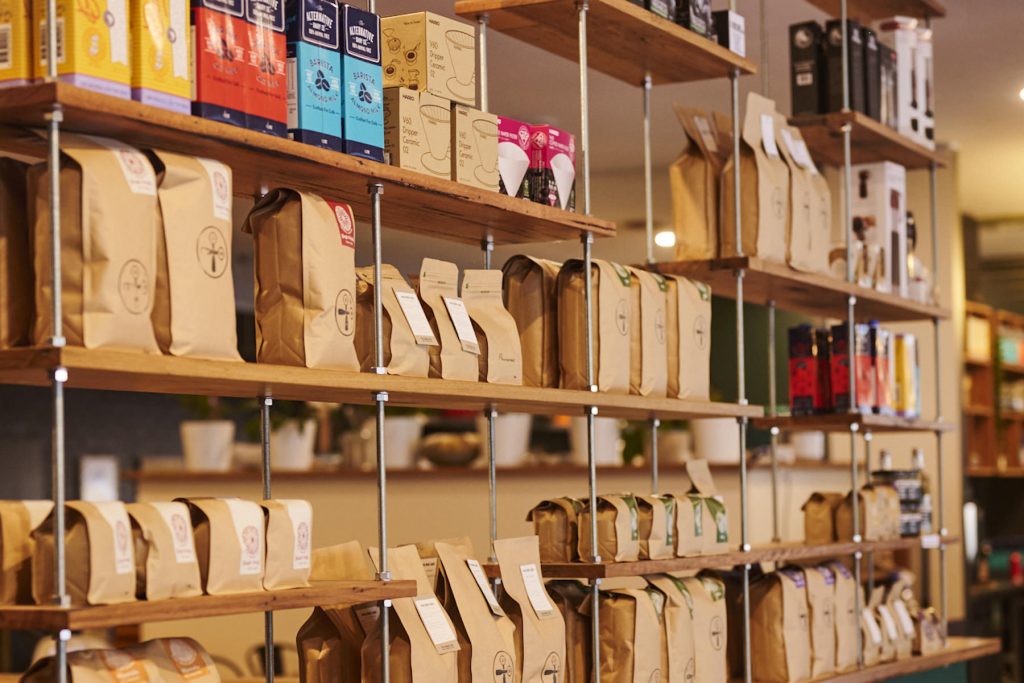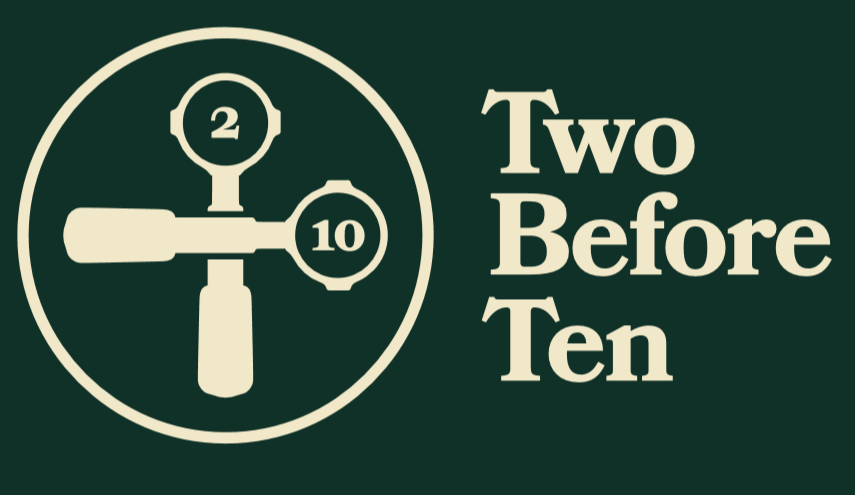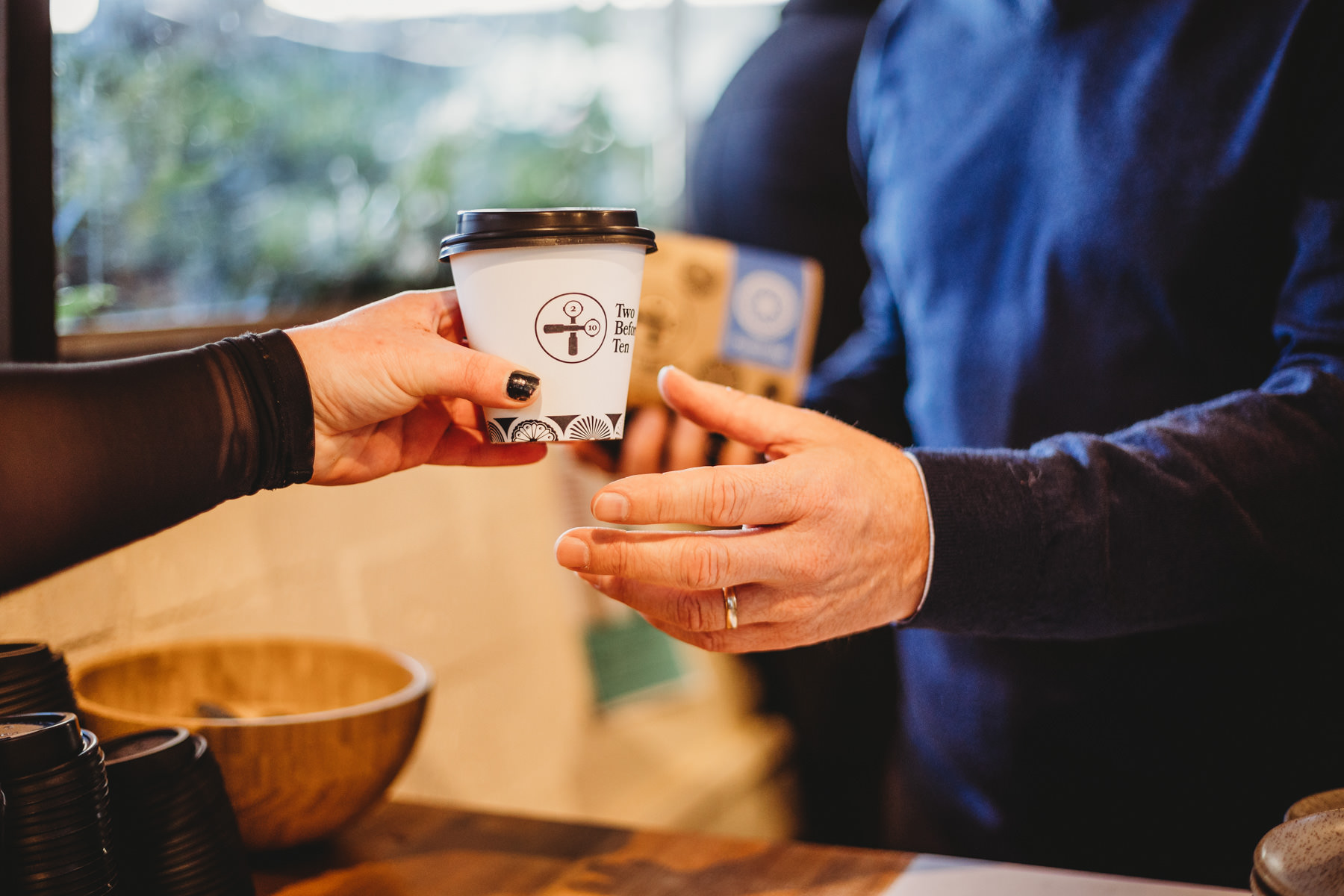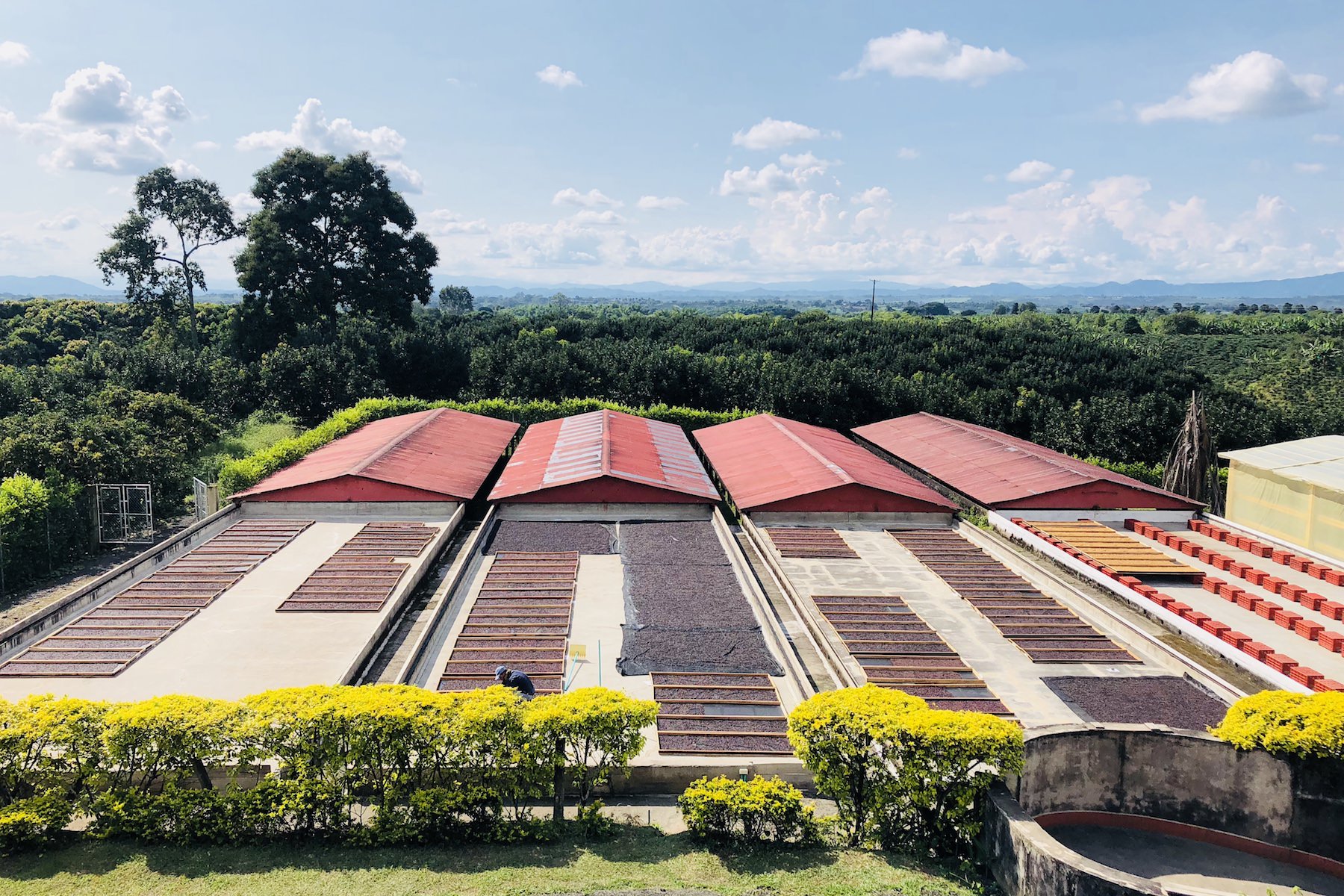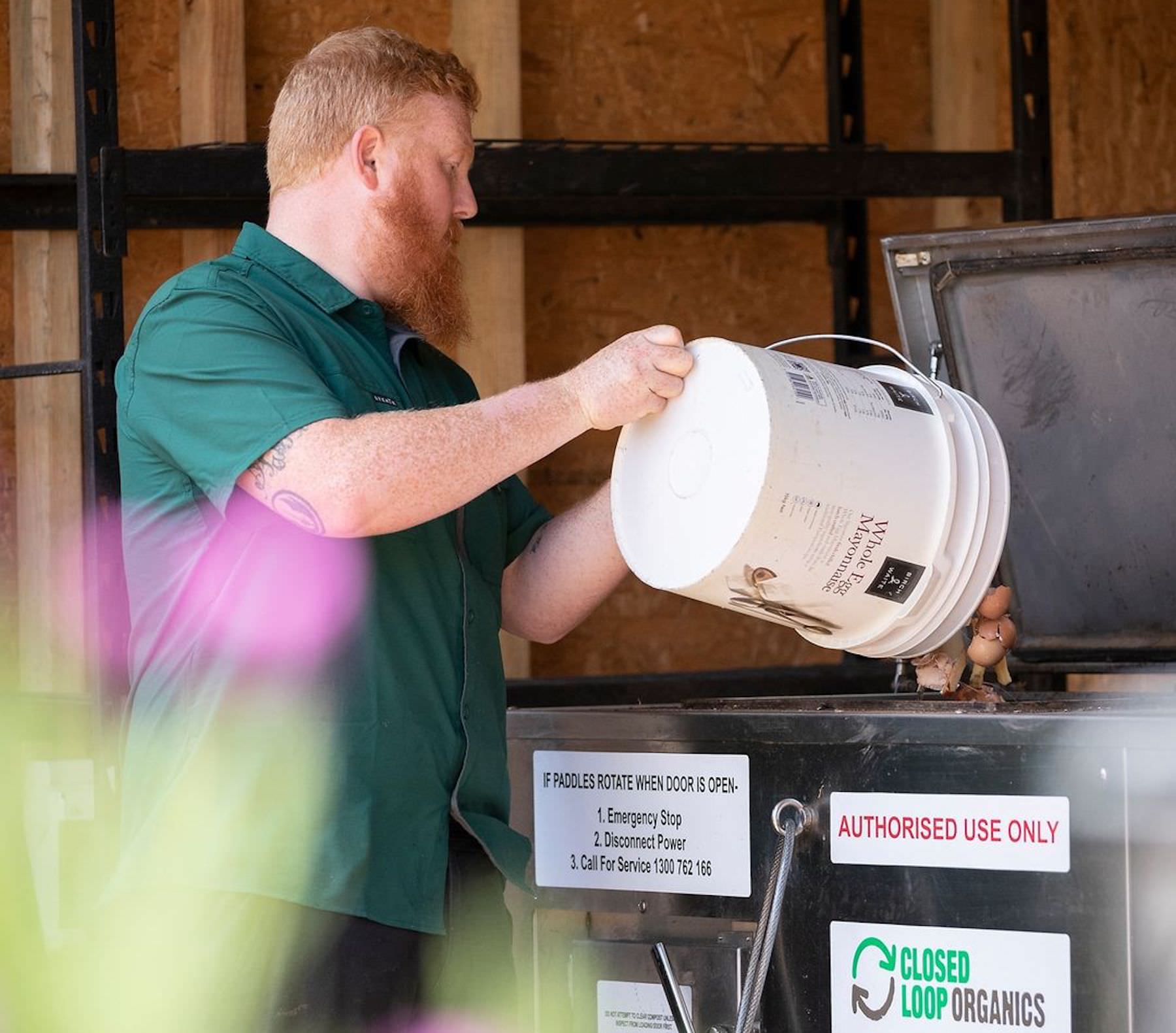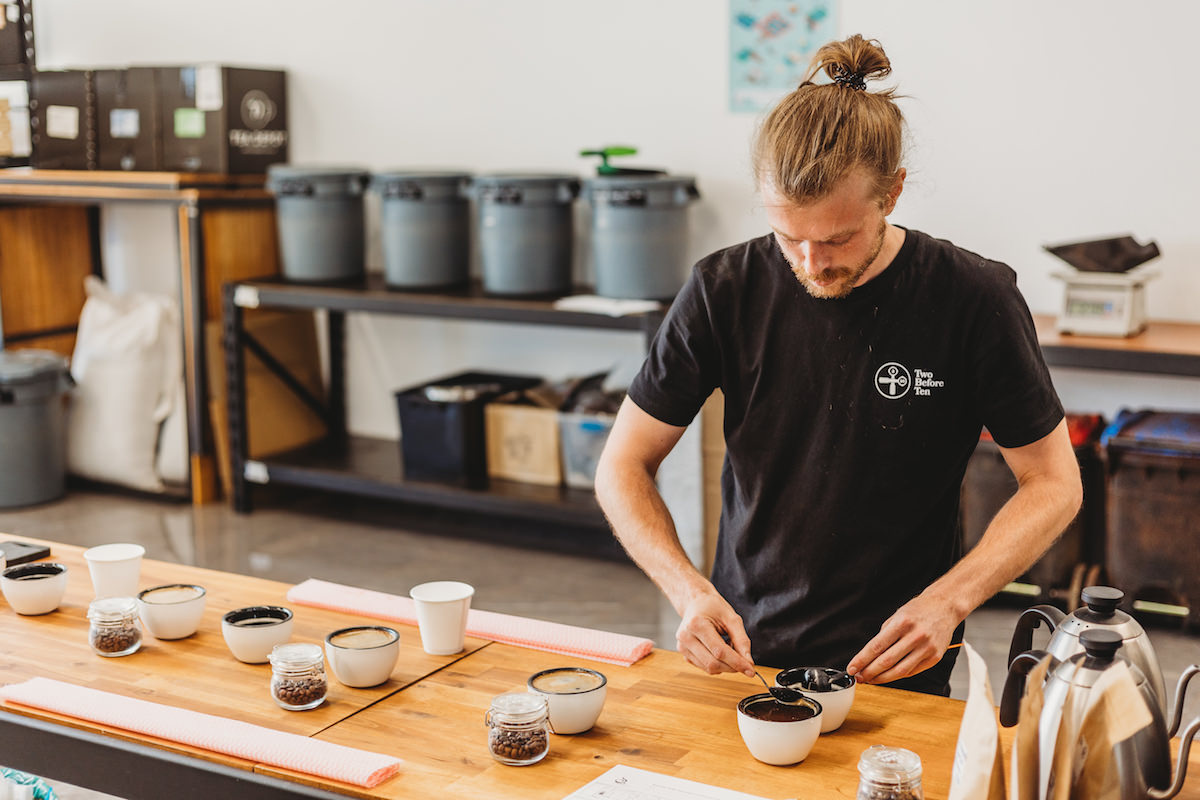Are biodegradable plastics really compostable?
There's a lot of misinformation out there regarding biodegradable packaging. Are some bioplastics really compostable? Do they just break down into smaller particles? Is it all just greenwashing? Here we'll investigate the different labels so you can be sure you're making choices that are good for the planet.
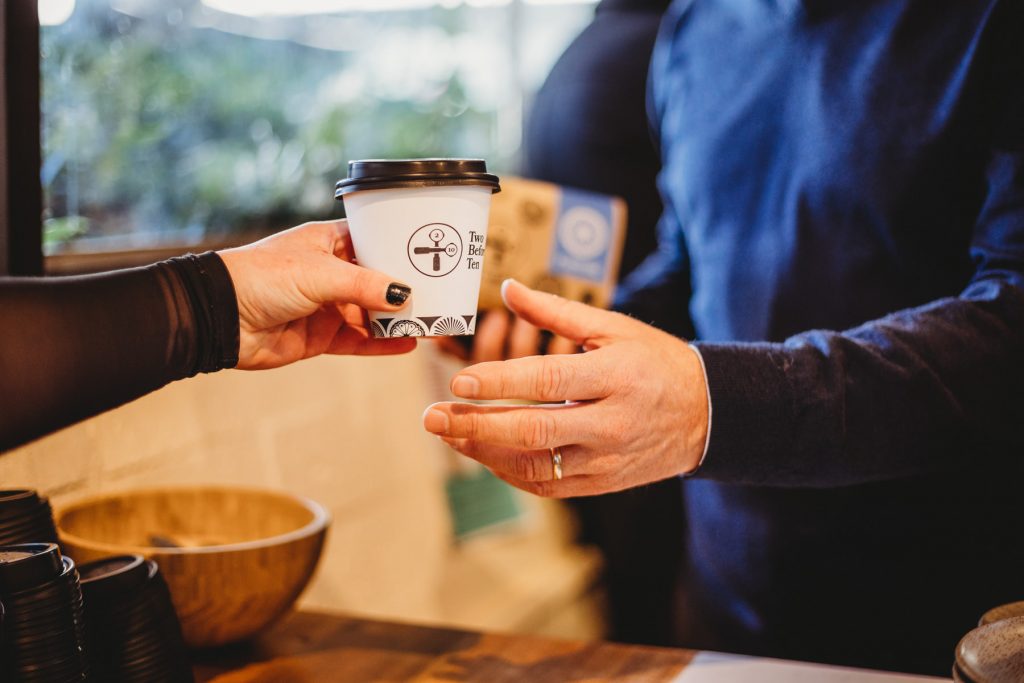
An alternative to plastic
A little backstory: Several years ago we were faced with the question of how to ensure our coffee packaging was environmentally friendly. At the time we were using plastic, foil-lined bags for all our coffee bean sales. The roastery would churn through hundreds, sometimes thousands of these per week. They were excellent for keeping coffee fresh, convenient for customers to buy and easy for baristas to fill their hoppers. But the sheer amount of waste being created was something we couldn't justify.
Looking to what other Australian coffee roasters were doing showed there weren't many good alternatives at the time. A few were using recyclable plastics, which looked like a possibility. Unfortunately China had just banned the import of recycle waste from Australia with Malaysia soon to follow suit. With our country not processing its own recycling it was likely to end up in landfill. We needed something plastic-free that would break down into natural materials.
An obvious alternative is plain paper, but there's a reason companies have moved away from paper towards plastic. It's not airtight so products go stale fast. It's not watertight so spoilage can happen easily. With the Aranda Urban Farm eating up loads of compost, a compostable packaging option was the ideal solution. So began the transition of all our food and coffee packaging to compostable materials.
Despite finding great alternatives for our coffee cups and bags, there still wasn't an option available on the market for home compostable packaging. Since the PLA-lined cardboard would only break down within a reasonable time frame in an industrial composter, Two Before Ten took the leap and decided to invest in a commercial composter for the Aranda Urban Farm. We're now proud to have collection bins for TBT branded cups and bags at our cafes which are routinely collected, processed into compost alongside food scraps and coffee grounds, and returned to the soil that grows fresh food for our kitchens.
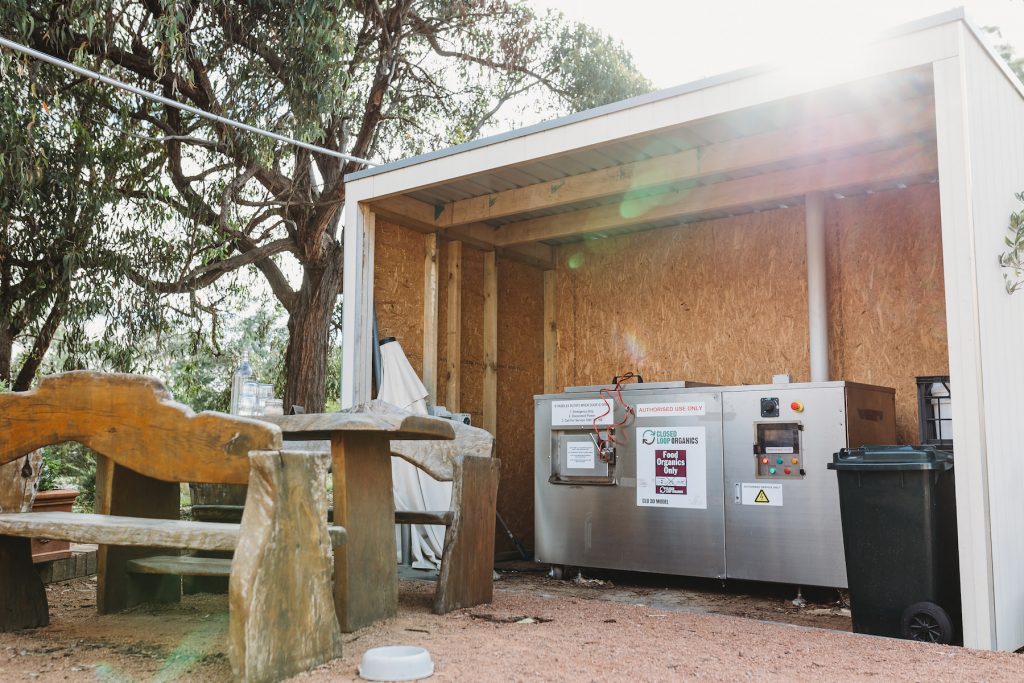
Bioplastic labelling
Rather than a specific definition, "bioplastic" is more of a catch-all term for alternatives to traditional petroleum-derived plastics. This label alone is not regulated and doesn't indicate how the plastic will break down, nor what it's made of. Some packaging may be 50% biodegradable plastic mixed with regular petroleum-based plastics. While these do use less petroleum based resources, they still break down into micro plastics which are dangerous for our soils and waterways.
Degradable or Oxo degradable
This term is pure spin. All plastics will degrade over time into smaller particles and microplastics but they never disappear. All it really means is chemical additives are used in the plastic to make it crumble more quickly than it would otherwise. Avoid anything with this label. If you've already bought something marked "degradable" with no further certification, make sure it ends up in landfill only.
Biodegradable
Something is considered "biodegradable" if it can be broken down into natural materials by living things, usually by microorganisms like bacteria and fungi. For plastics in Australia, this term covers compostable and soil biodegradable products, the latter of which is mostly used in agriculture.
Biodegradable plastics are usually derived from sugar derivatives, including starch, cellulose, and lactic acid. The most common material used today is PolyLactic Acid (PLA) which is derived mainly from corn and is biodegradable through the industrial composting process. The environmental advantages of PLA over plastics derived from petroleum are significant. Manufacturing uses 80% less greenhouse gases, incorporates carbon sequestration within the plants while they are growing and contains the potential for a closed loop system if properly composted at end of life.
Unless it's been verified by the Australasian Bioplastics Association and certified with a seedling logo, this term isn't necessarily trustworthy either, as there's no specification as to how long the material might take to break down. A recent requirement of the ABA certification now includes proof of no PFAS & PFOA chemicals present.
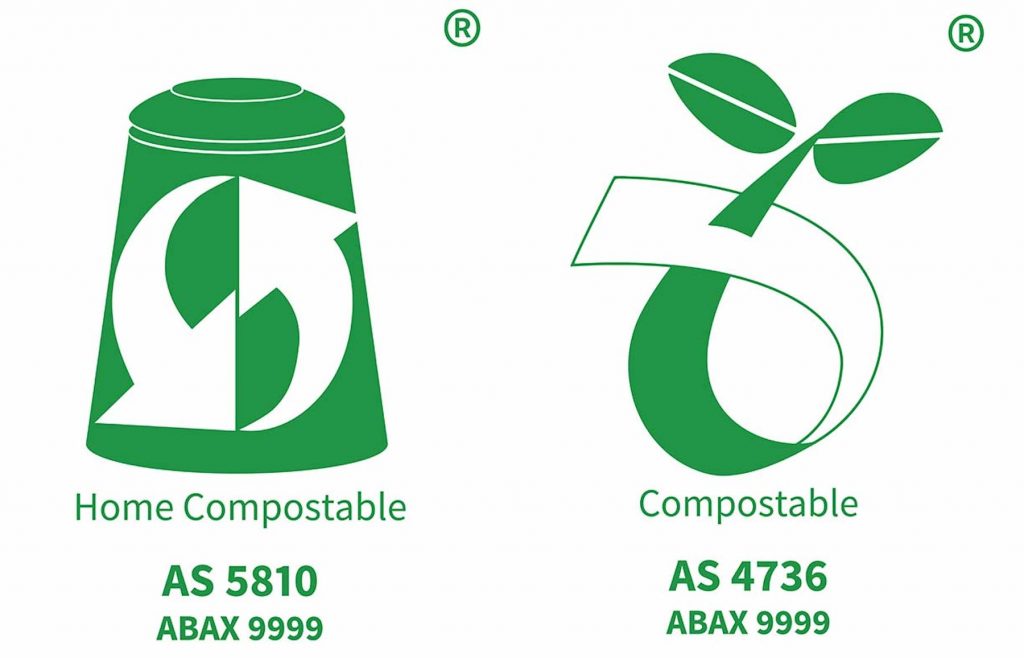
Compostable
Look out for the "compostable" label for truly biodegradable plastics. By definition, these cannot contain any petroleum-based products, nor any perfluorinated or polyfluorinated alkyl substance. Compostable packaging is designed to break down into naturally occurring substances with the help of microorganisms. Most of it dissolves into CO2 and water, with a little left behind as humus. The ABA requires that the resultant compost must meet specific quality and ecotoxicity criteria.
Usually this term means commercially compostable, requiring high heat to break down within a reasonable timeframe. A hot compost system at home that maintains a high heat over several days may also successfully break it down over time, but an industrial composter can achieve the same results within a few hours.
For now, public access to commercial compost facilities is severely lacking across Australia. The new FOGO program is making a great start on introducing every day composting into households but currently does not allow certified compostable packaging in their bins. In addition to the Two Before Ten commercial composter at the Aranda Urban Farm, you can also find drop off points for BioPak cups across ACT and wider Australia which goes to their industrial composting facilities. Hopefully in coming years there will be more government funded options available.
Home compostable
This label is the best case scenario with single-use packaging. It covers a wide spectrum of materials like cardboard, egg cartons, food waste and some types of bioplastics. Home composting is low in greenhouse emissions, uses very little energy and gives back to the soil. Using compost on a home garden which grows food is an excellent way to create a circular economy in your own backyard.
Compostable items need microorganisms present in soil to be able to break down, so there's no guarantee that sending them to landfill will be any more environmentally friendly than regular plastics. The packaging products currently suitable for home compost systems are very limited but have been expanding in recent years.
Recyclable
No biodegradable plastics are suitable for recycling, as they are meant to be broken down into natural materials at end of life. What can be recycled include everything from glass to fabrics to aluminium to plastic and more. Since our modern industrial process are so advanced, it can get a little complicated regarding what can be recycled and where. Check out our previous guide on recycling in Canberra here. Some materials (like glass) are more energy intensive to recycle than others (like aluminium). However all recycled materials are more energy efficient than creating brand new products, so recycle what you can!
Bioplastics can be extra confusing when they look just like regular plastic. Often they end up in recycling centres where they cannot be processed. Since the very idea is that compostable plastic alternatives break down easily with heat and the help of microbes, they're not robust enough to be melted and reused like traditional plastic. Without a good disposal alternative or access to industrial composting facilities, sadly PLA-based compostable packaging materials are destined to end up back in landfill. One consolation is if they do end up in the oceans or nature they wont break down into microplastics and will biodegrade eventually.
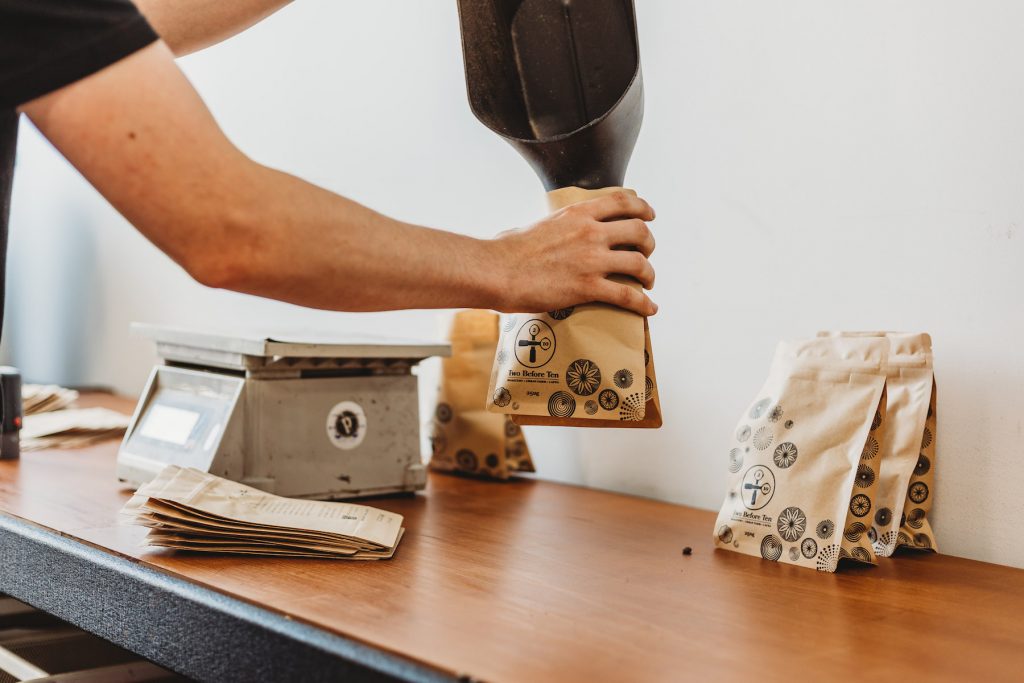
Australia-wide plastic ban
It's great to see the single-use plastic ban spreading across the states, with the nationwide National Plastics Plan adding further measures. With some of these bans they have also included certain types of bioplastics on the forbidden list. These are mostly pure PLA products, such as PLA cutlery and bowls that look just like (and often get confused with) plastic. Certified cardboard and paper materials with a thin PLA lining such as coffee cups and bags are exempt from the ban, as these break down much faster in composting facilities.
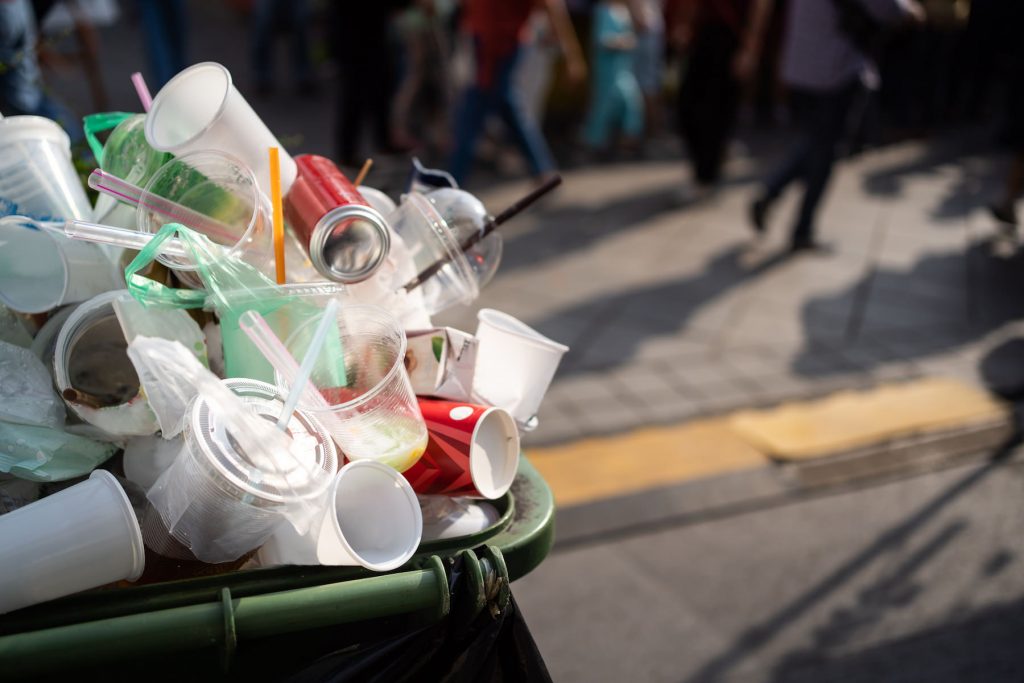
Why should we choose compostable packaging over recyclable materials?
Single use plastic accounts for up to 50% of plastic produced annually - around 190 million tons every year. It's destroying ecosystems worldwide and polluting the oceans. A plastic shopping bag can take up to 1000 years to disintegrate. When plastic was invented over a century ago it was a revolution in hard-wearing, sanitary material that if kept in good condition would last for decades. Less than 9% of plastic is recycled across the globe with many countries having no facilities to do so. And while recycling something after use is definitely beneficial, it's not a closed loop system and much still ends up in landfill.
Compostable materials can deal with waste by returning it to the ground, locally. It can add to the ecosystem in a net-positive, regenerative way that goes beyond simply rubbish disposal. A successful composting system can be a closed loop, while also reducing transport emissions if kept local. Although the processing facilities are not yet widely available, we believe this to be the best alternative to single use plastics.
As always, the perfect solution is to avoid single use packaging where possible by utilising reusable items throughout daily life. A coffee keep cup, a tote bag or metal cutlery can be reused thousands of times and produce a fraction of the waste. As more and more people are jumping on board the sustainability train, the beneficial effects are compounding.
